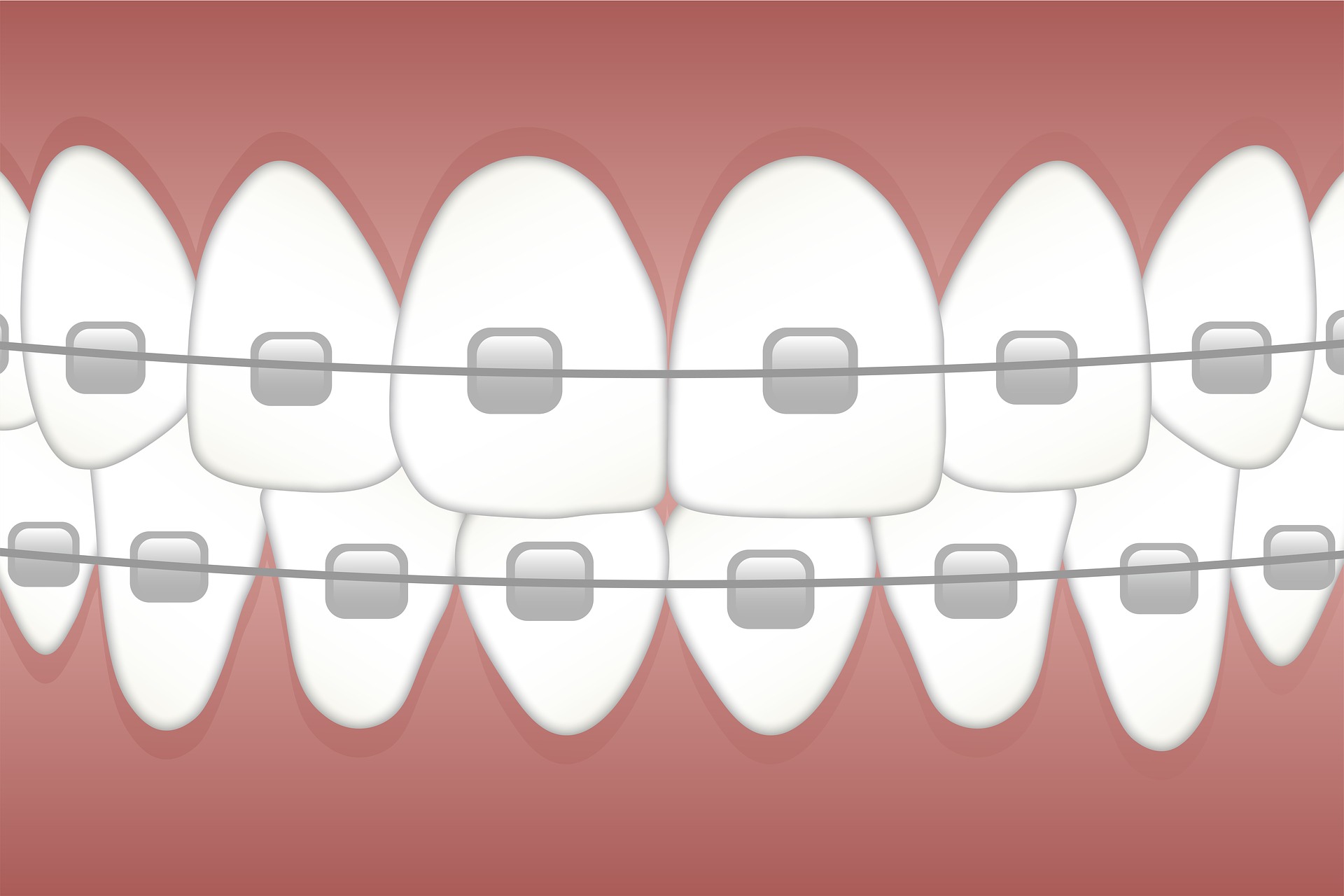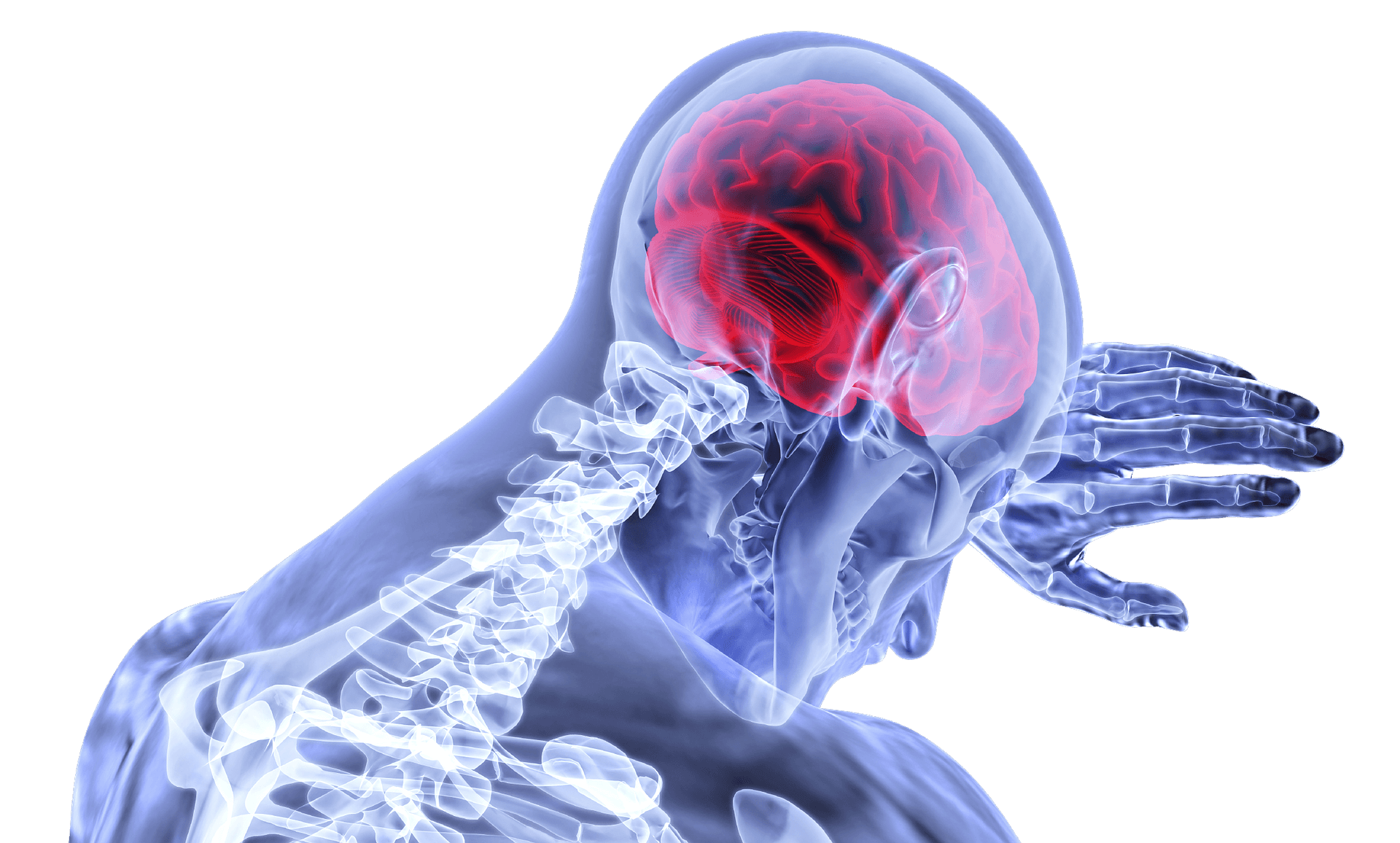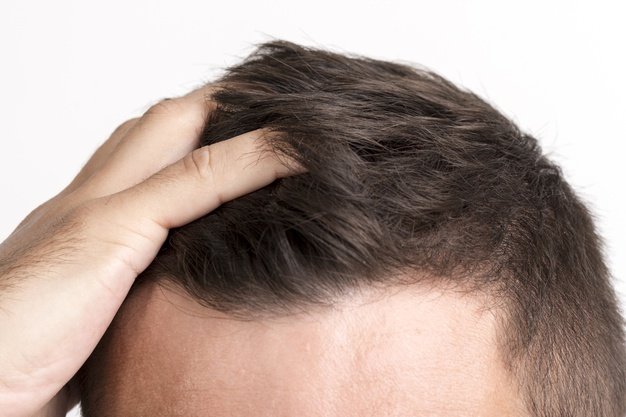Many people who have braces for the first time go through a period of adjustment, and this is entirely normal. You will have to get used to having your braces, of course, and this comes with getting used to eating with braces as well as getting used to cleaning your teeth with braces. But when you have braces, especially when they are first installed, you may also experience a little discomfort, since the wires and brackets of the braces may be rubbing against the tissue of the mouth. If you are experiencing some pain with your braces, here’s how you can effectively ease the pain.
Make use of orthodontic wax:
Braces can be quite abrasive at the beginning, especially since you’re not used to them yet, so one effective solution would be to make use of orthodontic wax. You can simply apply a bit of the wax to areas where the braces’ wires and brackets come in contact with soft tissue, such as that along your inner cheeks and lips. When you apply the wax to these areas, it can serve as a barrier between the tissue and your braces. With proper application, you can prevent sores, abrasions, and cuts as well.
Use a pain reliever or gel:
Of course, you can also take some over-the-counter pain relievers to help relieve the pain from the braces, but you can make use of an analgesic gel which you can apply orally as well. Directly apply the analgesic gel to your teeth and gums to help alleviate discomfort.
Make use of a night guard:
If the pain from your braces is bad and you would also like to prevent a breakdown or damage to the enamel of your teeth from grinding, you can make use of a night guard as well. A night guard is effective because you can go for special customized ones which can really help ease the pain related to having braces.
Night guards work much like orthodontic wax in the sense that they can serve as a shield and barrier between the sensitive tissue in your mouth and your braces, as the experts from http://www.braces4yourlife.com confirm. When you wear a night guard, you can prevent different areas from becoming snagged or caught on your braces while you are sleeping. And while you can go for a one-size-fits-all, generic mouth guard, it would be a better idea to opt for a customized night guard as this will fit precisely with the contours of your own mouth. Your orthodontist can easily create a mold for your mouth which will serve as a unique pattern for the night guard. This impression or mold can then be sent off to the lab, where they can create and fabricate the customized night guard.
The good news is that living with braces will get easier over time, so you don’t have too much cause for concern. Before you know it, your teeth will be perfectly aligned and even, and you will not only have a better smile – you will have better oral health as well.
Read Also:






















